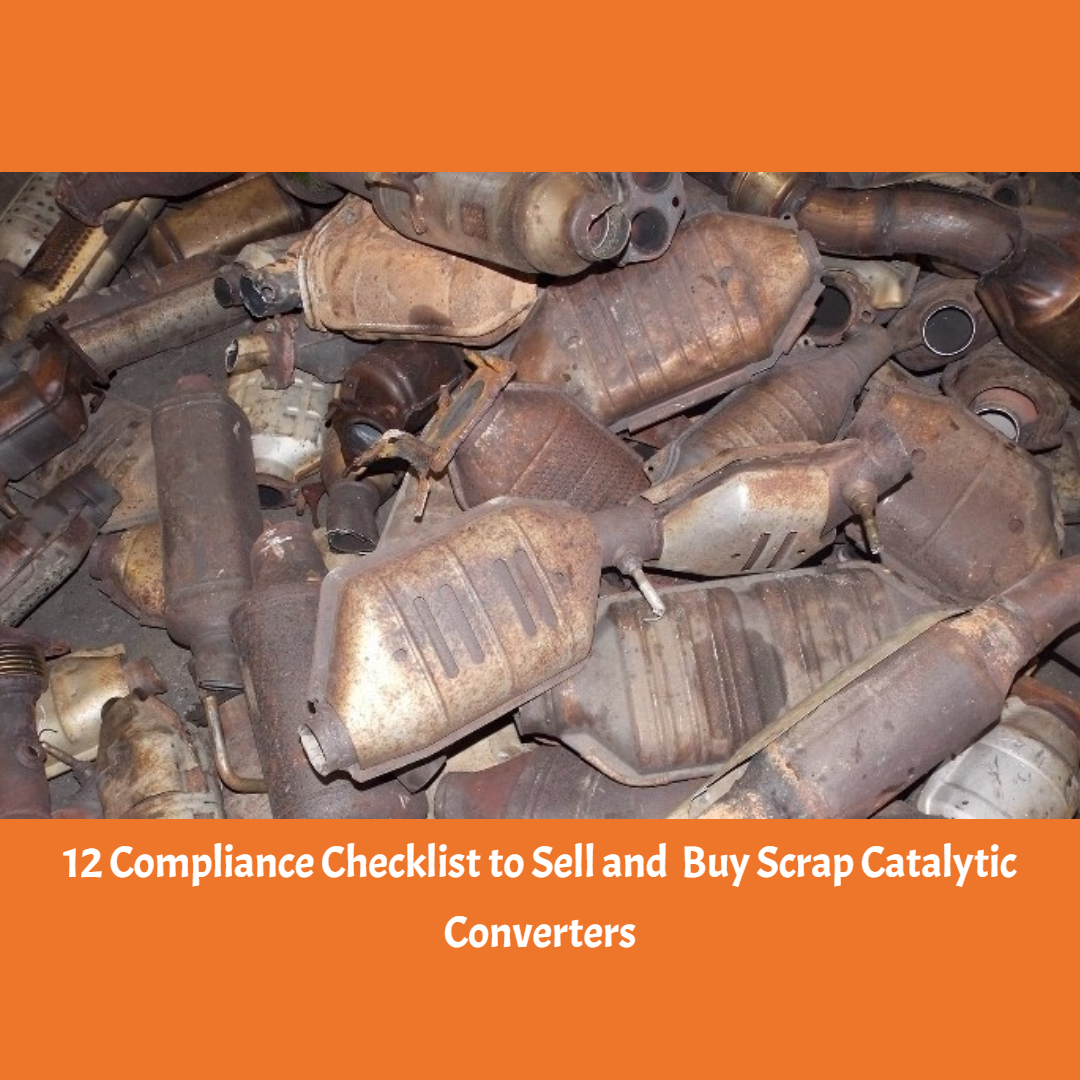5 Ways Recycling Catalytic Converters Reduce Greenhouse Emissions
The effective recycling of catalytic converters plays a vital role in decreasing the release of greenhouse gases, hence aiding worldwide endeavors in addressing climate change. Catalytic converter recycling plays a crucial role in reducing greenhouse gas emissions. See our blog article on five ways that catalytic converter recycling can help to reduce greenhouse gas emissions:
Avoidance of Landfill Methane Emissions
When catalytic converters are improperly disposed of or end up in landfills, they can release methane gas. Methane is a potent greenhouse gas with a significantly higher global warming potential than carbon dioxide. By promoting the recycling of catalytic converters, we prevent these devices from ending up in landfills and subsequently emitting methane. Instead, by recovering the valuable materials they contain, we minimize the environmental impact associated with their disposal and reduce the potential for methane emissions.
Reduction of Energy and Emissions in Metal Extraction
Catalytic converters rely on mining operations to obtain the main components important for their production, including platinum, palladium, and rhodium. Obtaining these metals from the earth’s crust necessitates considerable energy usage, such as fuel for mining equipment and electricity for refining procedures. These carbon dioxide emissions primarily come from energy-intensive activities which contribute to greenhouse gases. By recycling catalytic converters and extracting valuable metals from old devices, we decrease the need for primary mining activities. As a result, the carbon footprint is reduced due to decreased energy consumption and carbon emissions.
Reduction of Manufacturing Energy
The production of new catalytic converters necessitates substantial energy consumption when using fresh materials. This encompasses activities such as sourcing raw materials, processing, production, and logistics. By reutilizing the precious metals retrieved from recycled catalytic converters, we can incorporate them into the manufacturing of fresh converters. The recycling process requires significantly less energy in comparison to manufacturing catalytic converters from the beginning. Recycling leads to energy conservation, resulting in lower levels of greenhouse gas emissions and contributing towards meeting emission reduction goals.
The Encouragement of Sustainable Material Recovery
Catalytic converters consist of a combination of different materials such as valuable metals, ceramics, and steel. By engaging in recycling practices, these materials can be salvaged and employed again, thereby lessening the need for fresh raw materials and the emissions produced during their extraction and manufacturing processes. The recycling of catalytic converters enables the effective retrieval of precious metals, which can be reintegrated into the manufacturing process with optimal efficiency. By actively promoting the utilization of recycled materials and completing the cycle, we effectively conserve energy, reduce emissions, and effectively mitigate the environmental consequences associated with the manufacturing of metal.
Good Way to Support the Circular Economy
The practice of recycling catalytic converters is in line with the principles of a circular economy, promoting the continuous utilization and reutilization of materials. Through the process of recycling these devices, we enhance the worth of the resources they possess, extend their longevity, and minimize the production of refuse. The adoption of a circular economy model reduces resource extraction, energy usage, and greenhouse gas emissions linked to manufacturing processes, thereby fostering a sustainable and environmentally friendly economy.
In Conclusion
The recycling of catalytic converters is vital in minimizing the release of greenhouse gases. Catalytic converter recycling plays a crucial role in combating climate change and creating a sustainable future by reducing energy and emissions from metal extraction, minimizing manufacturing energy, preventing landfill methane emissions, promoting sustainable material recovery, and supporting a circular economy.


